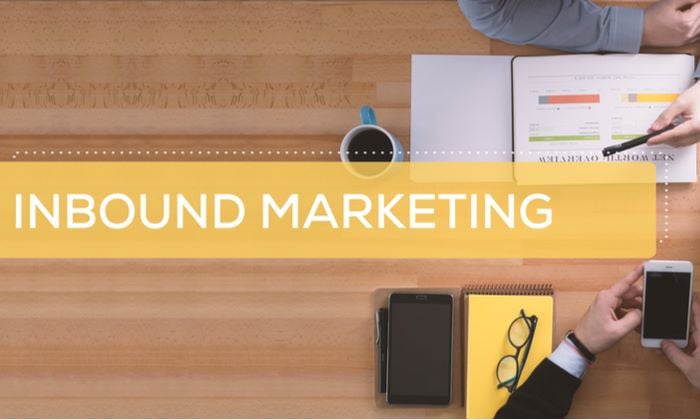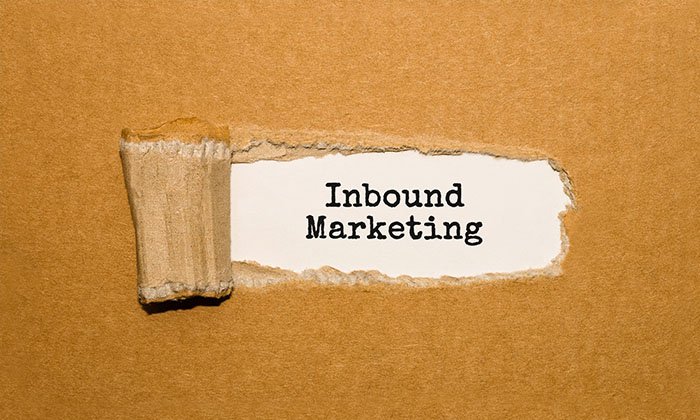3 Inbound Marketing Trends to Master in 2021
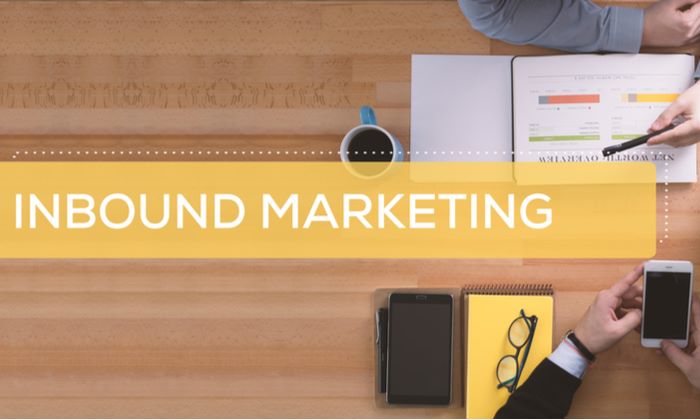
By Neil Patel
Inbound marketing isn’t easy.
There are tons of strategies for driving more traffic.
You can write more blog posts and e-books, leverage better keywords, and create a social media publishing schedule.
To top it all off, inbound marketing trends shift almost as fast as SEO tactics.
This means it’s harder and harder to stay on top of the game and keep yourself from falling behind.
One day you’re publishing awesome content and locking it behind a form, and the next day you realize that forms don’t work.
It can be tricky, but at the end of the day, you need inbound marketing to grow your business.
It’s one of the best ways to drive new leads to your site without paying big dollars for advertising spend.
So how do you keep up in such a fast-paced, always-changing, growing environment?
There are a few trends that will drive content marketing in 2021 and beyond.
The effectiveness of these methods is already proven, and they’re gaining traction, so it’s a good idea to jump on board and get ready to use them before they really take off .
Let’s dig into the basics of inbound marketing, and then go over three inbound-marketing trends you need to start using today.
What is Inbound Marketing?
The term “inbound marketing” was coined by HubSpot in 2006.
They defined it as:
An approach focused on attracting customers through content and interactions that are helpful and relevant.
So instead of competing for ad space and buying slots, you focus on developing your blog, SEO presence, and social media platforms.
The goal of inbound marketing is to bring visitors to your content or site naturally (inbound), rather than going out and trying to pull them in with outbound methods like advertising.
HubSpot’s inbound methodology is what they use to visualize the process of inbound marketing:
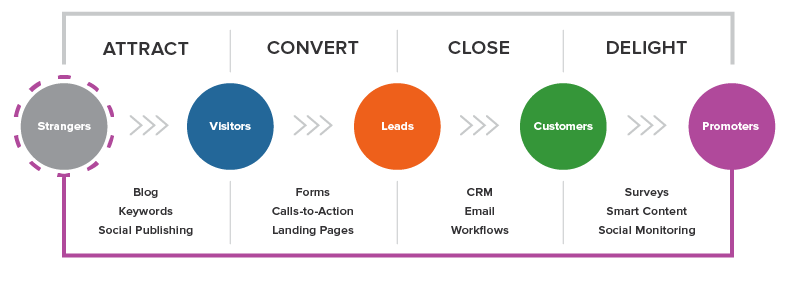
The first stage is to Attract, which focuses on driving traffic back to your site.
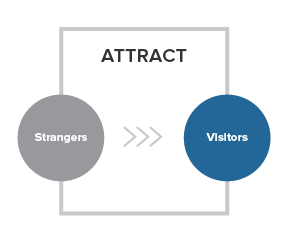
The goal in this stage is to drive relevant traffic that is most likely to become a lead or a potential customer.
You can achieve this with great SEO, blogging, social publishing, and more.
The second stage is Convert.
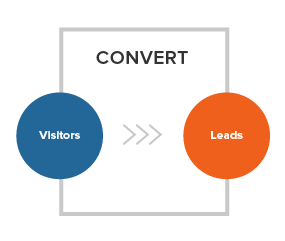
Convert is all about turning those website visitors into leads by gathering content information.
You can do this by offering white papers, tip sheets, or e-books in exchange for emails to grow your list.
The third stage is called Close.
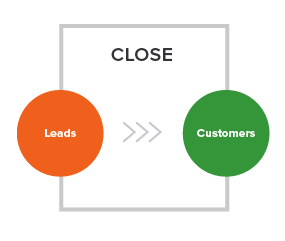
This stage focuses on turning the right leads from the right traffic into customers.
Marketing automation, email, CRMs, and closed-loop reporting play a big role in closing these deals and bringing in more customers.
The final stage is all about “delighting” your current …read more
Source:: Kiss Metrics Blog

